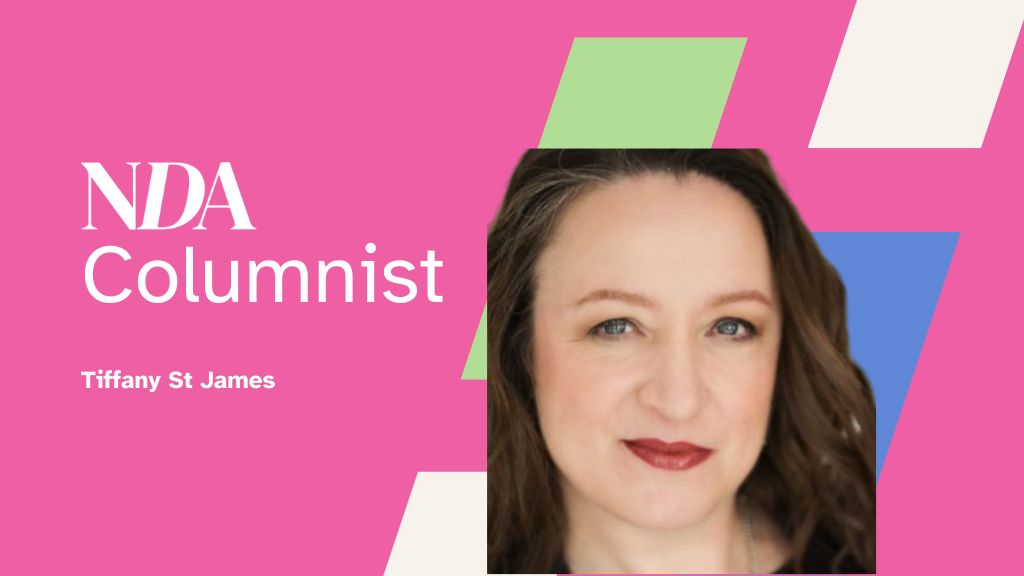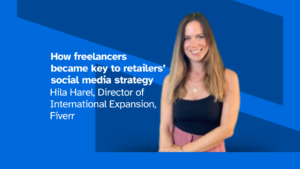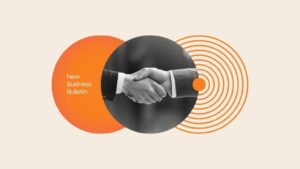Tiffany St James is one of the UK’s most experienced digital transformation specialists, the founder of Transmute and former Head of Public Participation for the UK Government. She is also NDA’s monthly columnist.
There are five common areas of a business that can affect transformation. Paying attention to these will help you transform quickly and smoothly.
For Agency owners, knowing and understanding the five key areas of business transformation is key for your agency offering, understanding how the services you deliver fit in with your clients’ larger transformation programmes and potentially, where you can have the greatest impact.
For organisations transforming themselves, these five common areas will focus how you drive your transformation programmes.
Many different reports list the 5, 7 or 40 ways to transform your business. Every year, I tear apart the reports and look at the common areas and what they all agree on. They haven’t shifted much in a few years. I’ve analysed over 200 reports in the last 5 years that unpack business transformation. Here are the 5 areas they all agree on.
I call them the five dials of business transformation.
DIAL ONE is how you can differentiate on the BUSINESS MODEL.
The most famous business model differentiators are the disruptors, AirBNB owning no hotels, and Uber owning no Taxis.
But if you are not in the business of building a new iconoclastic model for an industry there are other ways in which you can differentiate on your business model.
For Agencies, can you help clients explore digitising existing businesses, redesigning value propositions or co-creating with customers new commercial models to meet new and evolving needs?
Consider how you can adapt your business model. Could you move from a retainer-based model to providing clients with exclusive project teams, from working offsite to working embedded in a client business? Can you co-create products with clients?
For organisations, consider that you can do in collaboration with your customers and suppliers to define new commercial units or business models. Explore how you can differentiate from your competitors through your business model.
DIAL TWO is how you can differentiate on PRODUCTS or SERVICES.
Consider how your clients want to modify or build new products. I love the way Sesame Street partnered with Xbox to enable kids to interact with the monsters in their own living room from broadcast linear TV to Virtual Reality, interaction fit for a new generation.
For your clients consider how they need to adapt to changes in the marketplace. Can they offer global reach with localised expertise? Can they craft high-impact deliverables with your support and expertise?
For organisations building out their products and services, consider your business vision and objectives and revisit how you can redesign products and services that service new and changing needs with market insight and competitive review for differentiation.
DIAL THREE is how you can differentiate on OPERATIONS.
This depicts what clients can do to change how their products and services are delivered to market. For Agencies, they need your help with processes, tools, technology and distribution, as well as marketing and sales.
Help them innovate in supply chain logistics, agile delivery and collaborative ecosystems of business, customers and suppliers. Make operations more resilient, protect them from cyber intrusion and help them integrate new technology to deliver more effectively.
DIAL FOUR is how you can differentiate on PEOPLE.
Take technology company Rackspace, they champion individualism as one of their core talent messages and play this out well in most of their talent communication. It’s clear they value individuals. They embed this right through the business, with Managers meeting their new reports in person at reception on their first day.
Equally, Google are renowned for investing in the internal educations of Googlers. What can you help your clients stand out with?
Consider for your clients how can they differentiate on how they treat their people. They are a company’s main asset and good talent, and increasingly technical talent, are harder to find and keep.
How can you help your clients differentiate on their leadership approach or the skills and capability of their people? Consider people positioning and the Employer Value Proposition, it’s more important than ever.
DIAL 5 is how you can differentiate on CUSTOMER SERVICE.
Amazon and Net A Porter, both differentiate on same or next-day delivery. Ocado on personalisation. Domino’s Pizza on real-time trackability of delivery.
How can you better help your clients understand what their customers want? How have expectations changed?
With the advent of great new tools in AI, how can customers use these for better personalisation, processing of customer feedback or proactive customer support?
Are your clients making the best use of multi-channel engagement? How is their speed and efficiency of response and the knowledge and experience of their customer service teams?
For your own offering, consider what your customers value and how you can delight them and how you can differentiate on customer service.
These are the most common dials. Focussing on these as a starting point in your transformation programme will build a solid foundation for future transformation.









